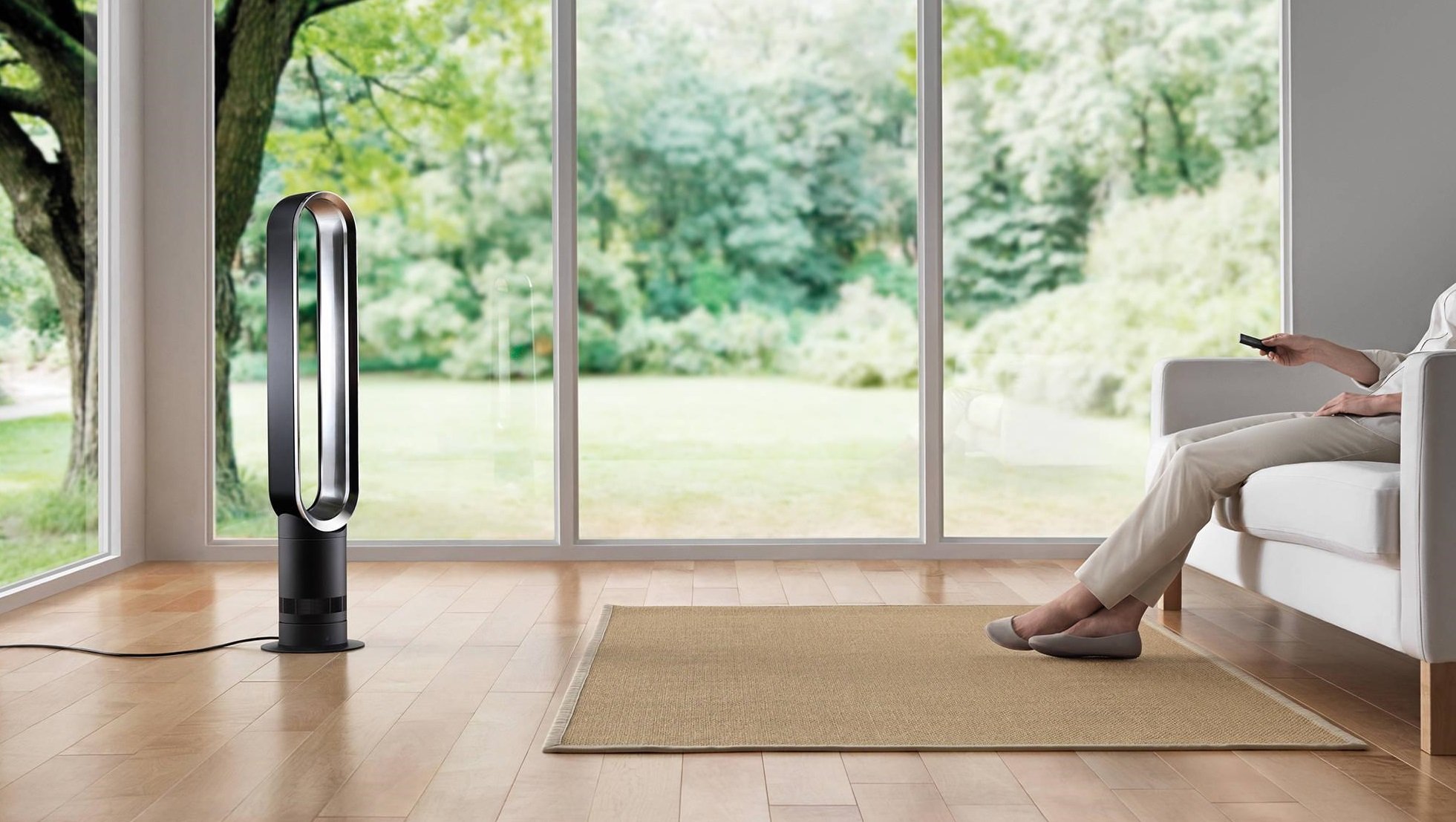

Articles
What Does Ion On A Fan Mean
Modified: January 6, 2024
Learn more about the meaning of "ion" on a fan and how it affects air quality. Read our informative articles on fan ionization and its benefits.
(Many of the links in this article redirect to a specific reviewed product. Your purchase of these products through affiliate links helps to generate commission for Storables.com, at no extra cost. Learn more)
Introduction
When it comes to keeping cool during the hot summer months, fans are a popular choice. They provide instant relief by circulating air, creating a refreshing breeze in any room. However, with advancements in technology, fans now come with additional features to enhance their functionality. One such feature is the ion function.
In this article, we will explore what ion on a fan means and its significance in improving air quality. We will examine the benefits and potential drawbacks of ion features in fans, helping you make an informed decision before purchasing one for your home or office.
So, what exactly does “ion” mean in relation to fans?
Key Takeaways:
- Embrace the Ion! Fans with ion features can improve air quality by attracting and neutralizing airborne particles, benefiting respiratory health and creating a fresher, more pleasant indoor environment.
- Consider the Balance. While ion functions offer benefits, it’s important to weigh potential drawbacks and combine with other air filtration methods for optimal air quality.
Read more: What Does Ion Mean On A Lasko Fan
Definition of Ion
An ion is an atom or molecule that has acquired an electrical charge by either gaining or losing electrons. This charge can be positive or negative, depending on whether the ion has gained or lost electrons.
In the context of fans, ions refer to negatively charged particles that are emitted into the air. These ions are typically generated by an ionizer or an ionizing function within the fan itself. The ionizer releases a stream of negatively charged ions into the surrounding environment.
It’s important to note that ions are naturally present in our atmosphere, but their concentrations can vary. Indoor environments, especially those with limited ventilation, may have lower ion concentrations compared to outdoor spaces.
Now that we understand the basic definition of ions, let’s delve into how they function within fans.
Ion Function in Fans
The ion function in fans involves the generation and release of negative ions into the surrounding air. Fans equipped with an ionizing feature use ionizers to produce these negatively charged particles. The ionizing mechanism often includes a high-voltage electric field or a corona discharge to generate ions.
Once the ions are released into the air, they attach themselves to airborne particles such as dust, allergens, and pollutants. This process is known as ionization or ion capture. The negatively charged ions effectively neutralize these particles by binding to them and making them heavier. As a result, these particles become denser and are unable to stay suspended in the air, causing them to fall to the ground or other surfaces.
The ion function in fans not only helps to filter the air but also creates a healthier and more purified environment. It can be especially beneficial for individuals who suffer from allergies or respiratory conditions, as it reduces the concentration of allergens and pollutants in the air.
Now that we know the function of ions in fans, let’s explore the benefits they offer.
Benefits of Ion on Fans
The ion function in fans offers several benefits that contribute to improved air quality and a more pleasant indoor environment. Here are some of the key benefits:
- Removal of Airborne Particles: The negative ions released by the fan’s ionizer effectively attract and trap airborne particles such as dust, smoke, pollen, and pet dander. This helps to reduce the presence of these allergens in the air, making it cleaner and healthier to breathe.
- Improved Respiratory Health: Individuals with allergies, asthma, or other respiratory conditions can benefit from the ion function in fans. By reducing the concentration of allergens and irritants in the air, it can help alleviate symptoms and provide relief for those with respiratory sensitivities.
- Odor Reduction: Negative ions have the ability to neutralize odors caused by cooking, pets, or other sources. By binding to the odor-causing molecules, ions effectively eliminate unpleasant smells, leaving the air fresher and more pleasant.
- Mood Enhancement: Some studies suggest that negative ions can have a positive impact on mood and mental well-being. They are believed to increase the production of serotonin, a neurotransmitter associated with feelings of happiness and relaxation. This can potentially improve mood and overall stress levels.
- Improved Sleep: The ion function in fans may also contribute to better sleep quality. Negative ions are said to promote a calm and peaceful environment, potentially reducing anxiety and promoting a more restful sleep.
These benefits make the ion function in fans a desirable feature for those seeking cleaner air and a healthier living space. However, it is important to consider any potential drawbacks or limitations before fully embracing this technology.
The “ion” setting on a fan releases negatively charged ions into the air, which can help to reduce airborne allergens, dust, and other particles. This can be especially beneficial for individuals with allergies or respiratory issues.
Effectiveness of Ion on Fans
The effectiveness of ions on fans in improving air quality can vary depending on various factors. Here are some key points to consider:
- Particle Size: The ion function in fans is most effective at capturing and neutralizing smaller particles, such as dust and allergens. Larger particles may not be as efficiently affected by the ions and may still remain in the air.
- Distribution: The distribution of ions in the room is important for their effectiveness. Fans with ion features should have a sufficient airflow to disperse the ions throughout the space, ensuring that they can reach and interact with the airborne particles.
- Room Size: The size of the room can affect the efficiency of ions. In larger rooms, it may be more challenging for the ions to reach and neutralize all airborne particles. For optimal effectiveness, it’s recommended to use fans with ion features in smaller to medium-sized spaces.
- Maintenance: To ensure the continued effectiveness of ion functions in fans, regular cleaning and maintenance are crucial. Over time, the ionizing mechanism and collection surfaces may accumulate dirt and debris, reducing their efficiency. It’s important to follow the manufacturer’s instructions for cleaning and maintenance to maintain optimal performance.
- Additional Air Filtration: While the ion function in fans can help reduce airborne particles, it is not a substitute for a dedicated air purifier or proper ventilation. For individuals with severe allergies or highly polluted environments, it may be beneficial to combine the use of an ionizing fan with other air filtration methods for maximum effectiveness.
Overall, the effectiveness of ions in fans in improving air quality is a complex topic, and results may vary. It’s important to consider individual needs and circumstances before relying solely on the ion function in a fan for air purification.
Now, let’s discuss some potential drawbacks of the ion function in fans.
Read more: What Does Ion Mean On A Hair Dryer
Potential Drawbacks of Ion on Fans
While the ion function in fans offers several benefits, it’s important to be aware of potential drawbacks as well. Here are some considerations:
- Ozone Generation: In some cases, ionizers in fans may produce small amounts of ozone as a byproduct. Ozone can be harmful to respiratory health, especially in high concentrations. It’s important to choose fans with low ozone emissions or to select models that have been certified as ozone-safe.
- Effectiveness on Larger Particles: As mentioned earlier, the ion function in fans is more effective on smaller particles. Larger particles like pet hair or certain types of pollutants may not be as effectively neutralized by ions alone.
- Dependence on Airflow: The efficiency of the ion function in fans depends on the fan’s airflow and how well it can distribute the ions throughout the room. In some cases, if the airflow is weak, the ions may not reach all corners of the room, limiting their effectiveness.
- Maintenance Requirements: Fans with ion features may require regular maintenance to clean the ionizing mechanism and collection surfaces. Failure to properly clean and maintain these components can result in diminished effectiveness over time.
- Room Size Limitations: The ion function may be more effective in smaller or medium-sized rooms. In larger spaces, achieving optimal ion distribution and coverage may be more challenging.
It’s essential to consider these potential drawbacks and weigh them against the benefits before making a decision on purchasing a fan with an ion function. Evaluating individual needs and circumstances will help determine whether the ion function is a suitable option for improving air quality in your specific environment.
Now, let’s summarize the key points discussed in this article.
Conclusion
The ion function in fans offers several benefits for improving air quality and creating a healthier indoor environment. By emitting negatively charged ions, fans with ion features can effectively attract and neutralize airborne particles, such as dust, allergens, and odors. This can provide relief for individuals with respiratory sensitivities, reduce allergens in the air, and potentially enhance mood and sleep quality.
However, it’s important to consider the effectiveness and limitations of the ion function in fans. Factors such as particle size, room size, maintenance requirements, and potential ozone generation should be taken into account before relying solely on the ion feature for air purification.
For optimal air quality, it may be advantageous to combine the use of fans with ion features with other air filtration methods, such as dedicated air purifiers or proper ventilation, especially in highly polluted environments or for individuals with severe allergies.
Before purchasing a fan with an ion function, it’s advisable to research and choose models that have low ozone emissions, adequate airflow, and positive customer reviews regarding their effectiveness. Following manufacturer’s guidelines for cleaning and maintenance will also contribute to maintaining the longevity and efficiency of the ion feature.
In conclusion, the ion function in fans can be a valuable addition to improve air quality and create a more pleasant indoor environment. By understanding its benefits, effectiveness, and potential drawbacks, you can make an informed decision and select the right fan with ion features to suit your needs and preferences.
Frequently Asked Questions about What Does Ion On A Fan Mean
Was this page helpful?
At Storables.com, we guarantee accurate and reliable information. Our content, validated by Expert Board Contributors, is crafted following stringent Editorial Policies. We're committed to providing you with well-researched, expert-backed insights for all your informational needs.
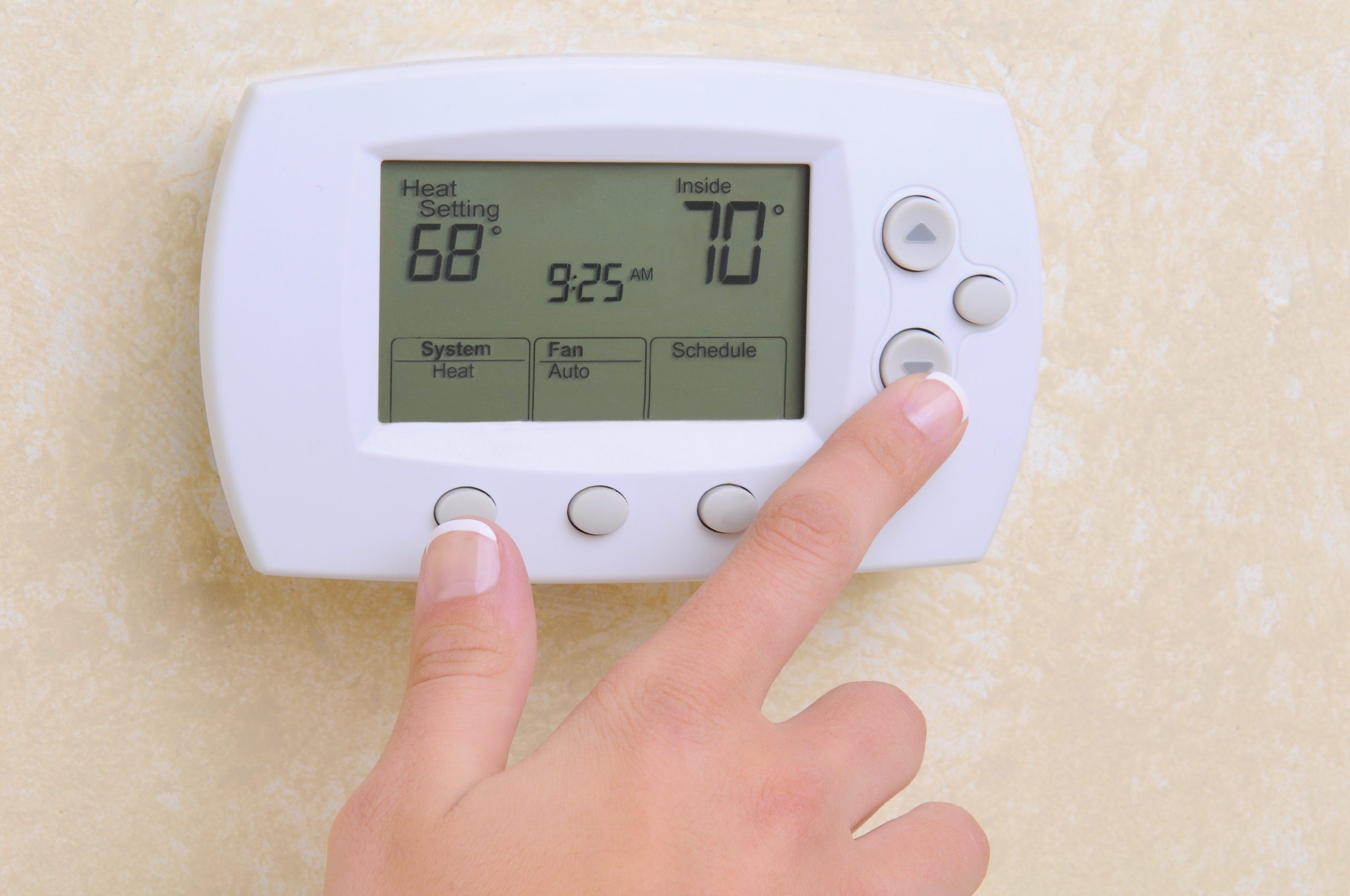
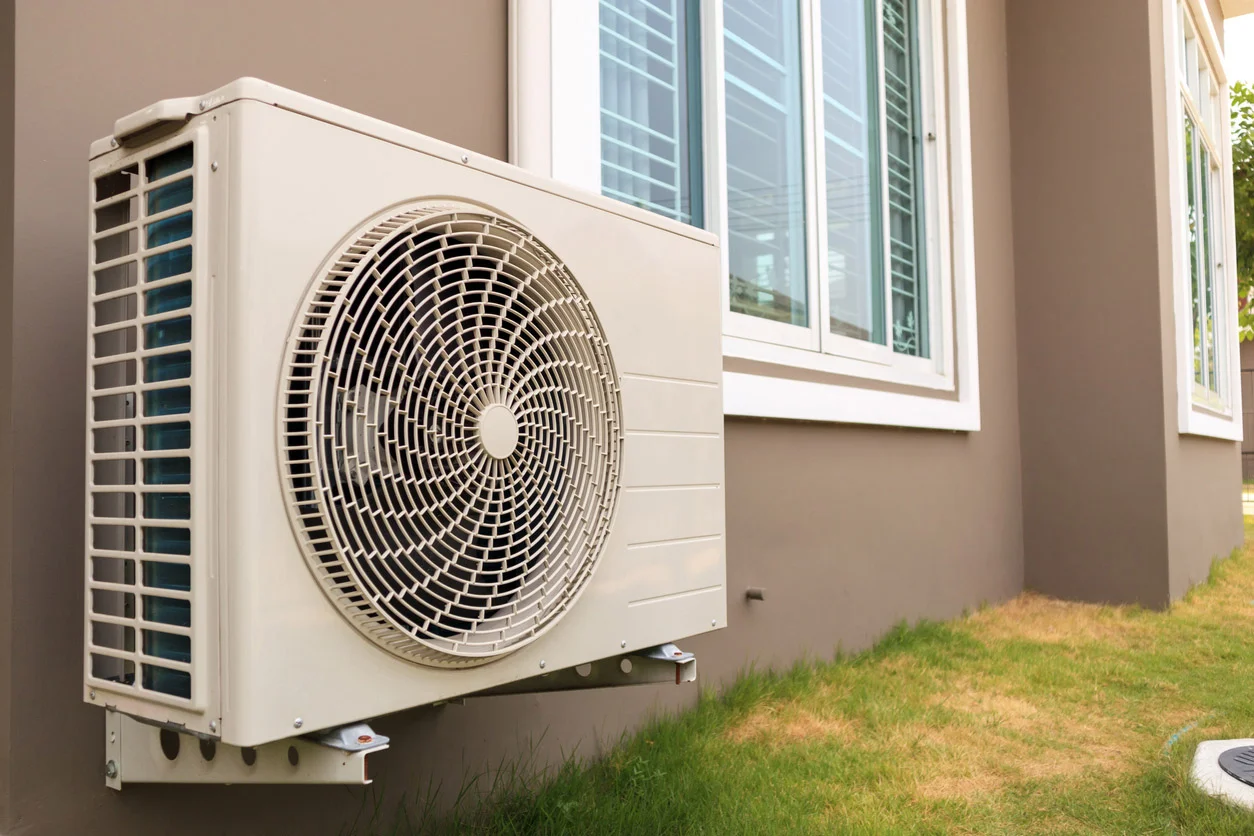
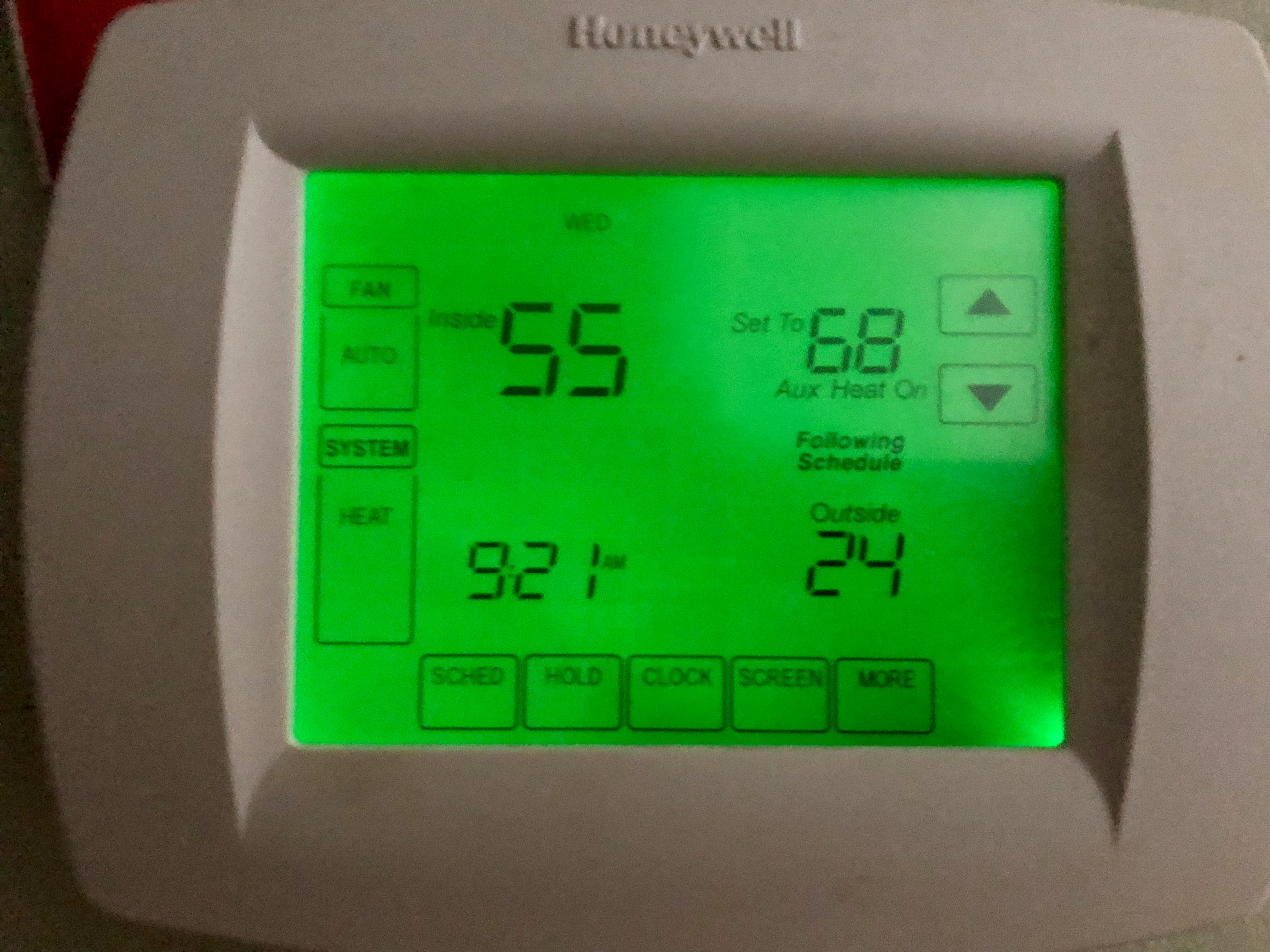
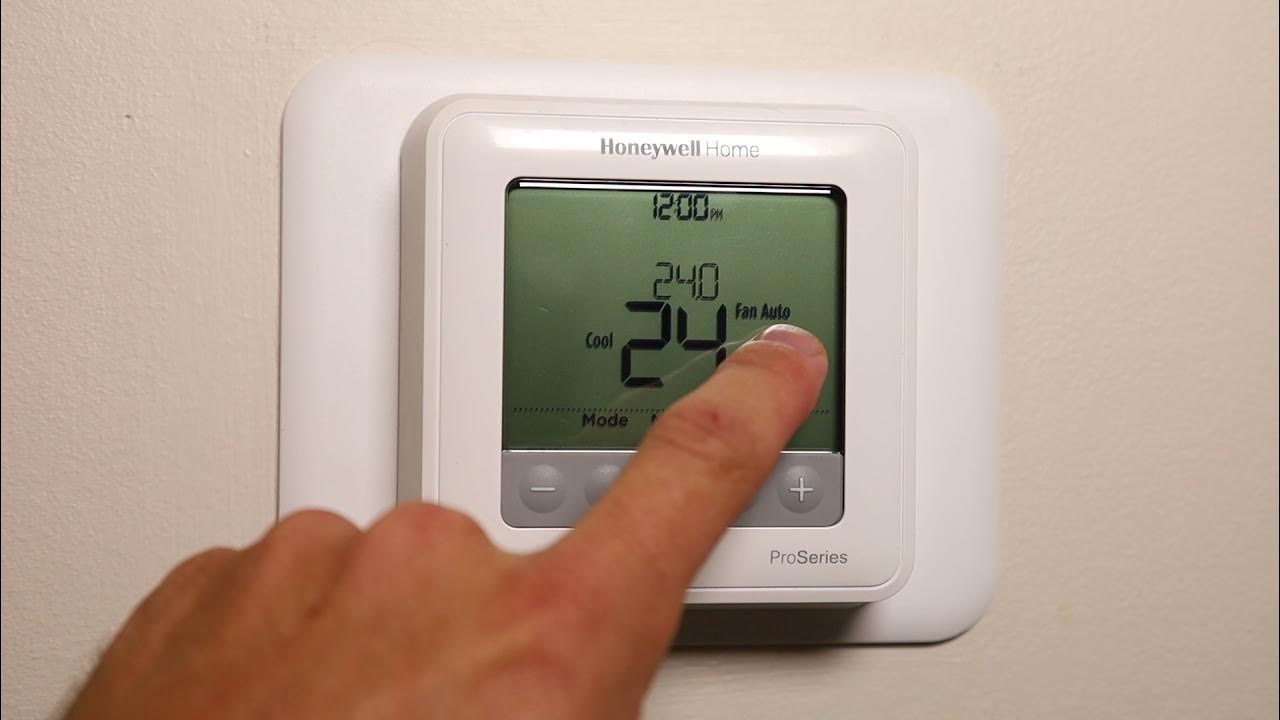



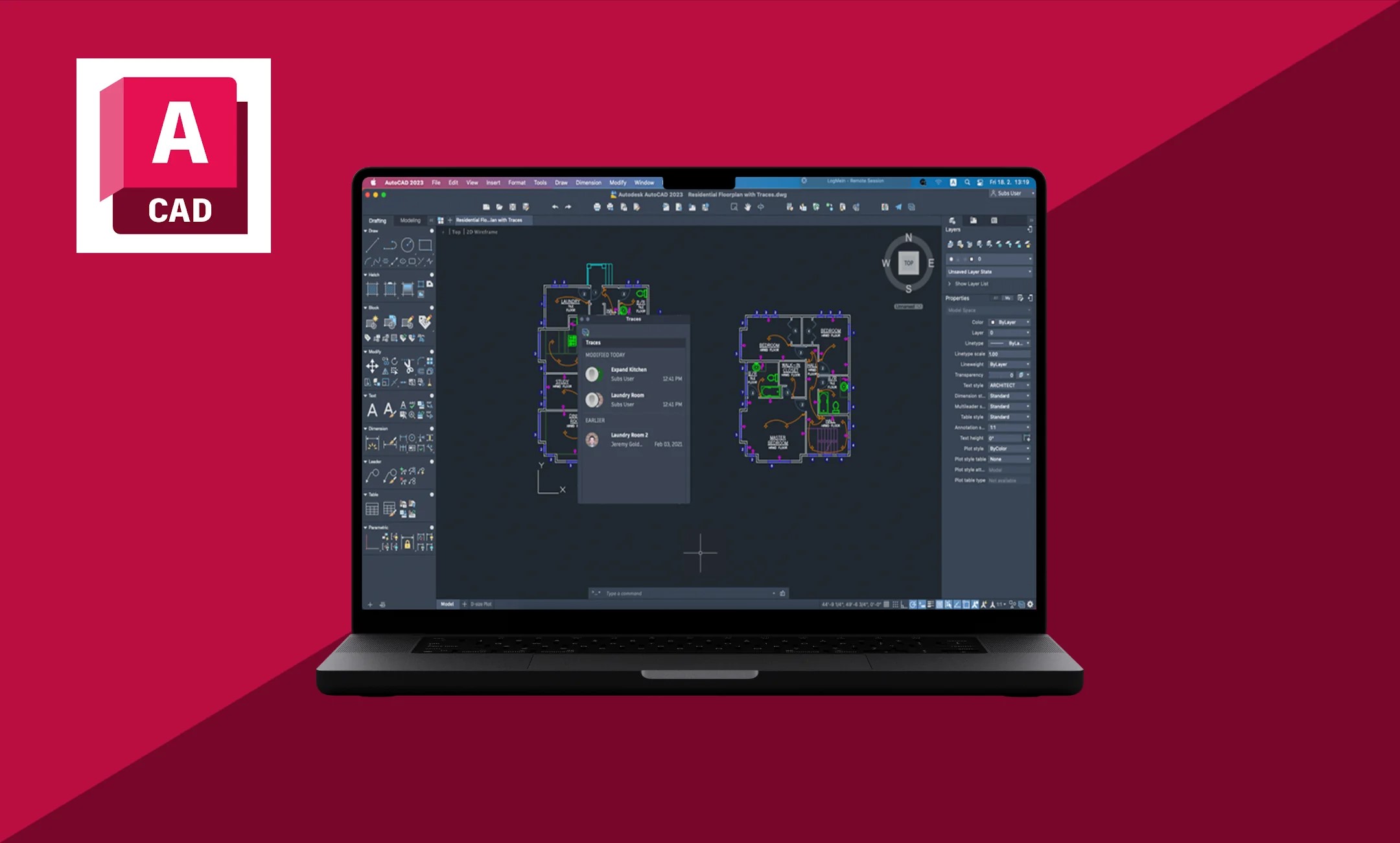







0 thoughts on “What Does Ion On A Fan Mean”